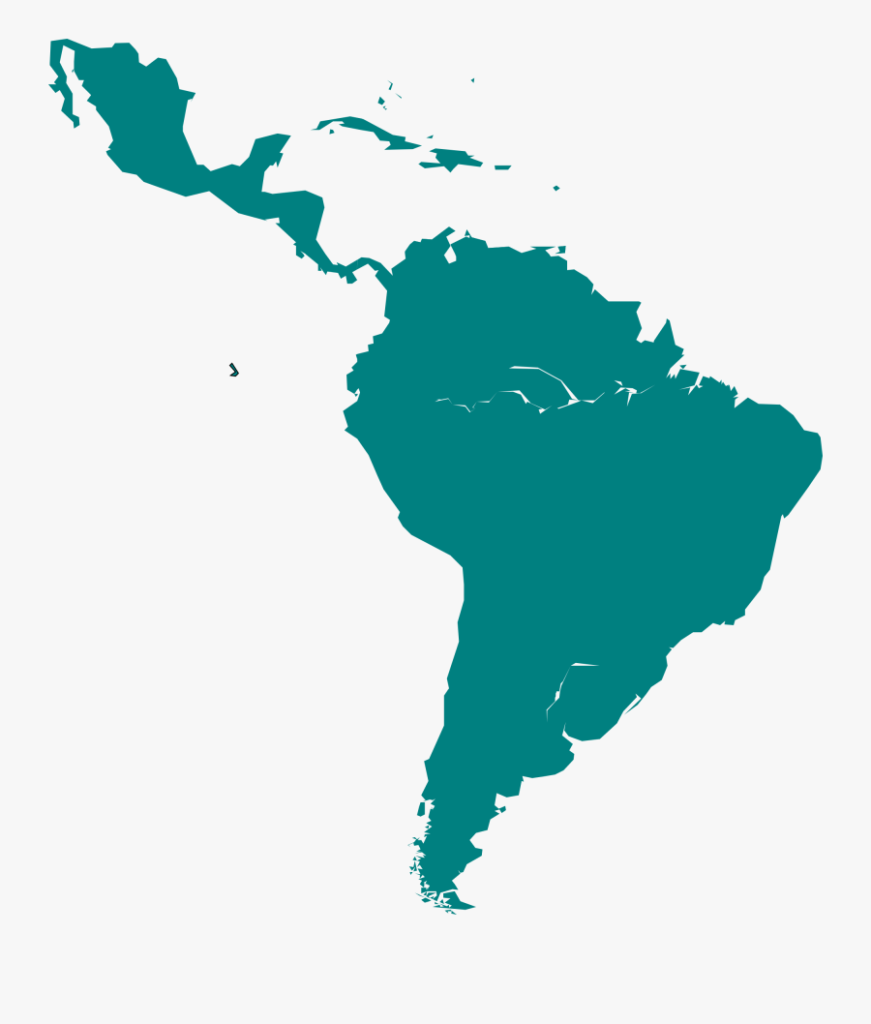The new report titled “The Alcohol Industries Commercial and Political Activities in Latin America and the Caribbean: Implications for Public Health” is based on a systematic review of alcohol industry activities since 2015 in Latin America and the Caribbean (LAC) which was researched and written by Katherine Robaina, Tom Babor, Ilana Pinksy and Paula Johns.
The report is a joint effort by four civil society organisations working in the noncommunicable disease sector: the NCD Alliance (NCDA), the Global Alcohol Policy Alliance (GAPA), the Healthy Latin America Coalition (CLAS), and the Healthy Caribbean Coalition (HCC).
Big Alcohol influence in LAC
The report exposes the role of Big Alcohol in influencing regional policies that affect public health and social welfare, using tactics that resemble those of Big Tobacco, which are far more frequently exposed and challenged in LAC.
The report contains strong evidence revealing how multinational alcohol industry giants interfere in and influence public health policy making to the benefit of industry interests and to the detriment of public health and safety. The alcohol industry is employing a variety of tactics even using the COVID-19 pandemic to their benefit under the guise of Corporate Social Responsibility (CSR).
This report shows how the alcohol industry works in tandem to oppose effective alcohol policies and actively engage in strategic practices that compromise public health in the region”, said Professor Thomas Babor of the University of Connecticut School of Medicine and a lead author.
It provides evidence and analysis of how health policy is undermined by vested interests, most recently in the face of the COVID-19 pandemic.
Prof. Thomas Babor, University of Connecticut School of Medicine, lead author
The new report illustrates how Big Alcohol works to influence the public health policy environment through a network of major producers, proxy organizations and affiliated interest groups. With this lobbying onslaught, public health alcohol policy solutions have been difficult to implement even when there is strong scientific evidence of their effectiveness in preventing and reducing alcohol harm.
Big Alcohol employs a host of strategies and tactics taken out of the playbook of the tobacco industry, such as:
- Information campaigns to achieve strategic objectives,
- Constituency building and forming strategic alliances,
- Image advertising,
- Lobbying,
- Substituting ineffective for effective policies,
- Using financial measures to influence favorable policies, and
- Legal action and litigation.
This array of strategies is deployed to ensure alcohol industry-favorable policies in four key areas:
- Alcohol availability,
- Alcohol affordability,
- Alcohol marketing, and
- Countermeasures to prevent driving under the influence of alcohol.
Commercial activities include,
- the concentration of ownership of alcohol brands and products by a small number of transnational alcohol corporations, and
- use of sophisticated marketing techniques to target adolescents and other vulnerable groups.
The report also highlights how the alcohol industry has exploited the coronavirus pandemic as leverage under the pretense of Corporate Social Responsibility (CSR). Two examples are how AB InBev leveraged the production and donation of alcohol-based hand sanitizers; and how Mexico’s Grupo Modelo and Paraguay’s Cervepar – both subsidiaries of AB InBev – provided a free online ordering platform for home delivery services to more than 12,000 retailers.
The industry tactics are diverse, multifaceted, and widespread. Partnerships with other unhealthy goods industries are also becoming more common, specially during the pandemic. As example is “Movimento nós” (Movement us) that united eight corporations (including Ambev, Heineken, Coca-Cola and Pepsico) to assist 300,000 small retail stores in Brazil during the pandemic.
Almost every country in Latin America and the Caribbean has been exposed to some of these tactics,” said Beatriz Champagne, Coordinator of the Healthy Latin America Coalition, as per NCD Alliance.
Far from being a passive supplier of alcohol products, the industry is actively involved in promoting demand for alcohol in order to increase sales and profits, particularly in new market segments like women and young adults.”
Beatriz Champagne, Coordinator, Healthy Latin America Coalition
Pervasive alcohol harm in LAC

Latin America and the Caribbean (LAC) is an extensive region extending from Bahamas and Mexico to Argentina and Chile. According to Wikipedia, the region consists over 670,230,000 people as of 2016, and spanned for 21,951,000 square kilometres.
The sub-regions in LAC include Central America, South America, West Indies and the Caribbean.
Alcohol consumption and harm is high in the LAC region. According to the World Health Organization (WHO) it is the third highest alcohol consuming region in the world, with 6.5 litres per capita consumption of pure alcohol.
In certain countries in this region per capita alcohol use is much higher than the average. Rising alcohol consumption and high prevalence of binge alcohol use have led to a heavy alcohol burden in LAC.
- Alcohol is a leading risk factor for death and disability in LAC, particularly among males as per the Pan American Health Organization.
- Alcohol use is also the leading risk factor for disability-adjusted life-years among men in Latin America according to a study published in The Lancet.

